Open position Cm chord and its movable form and variations.
Open position Cm and its movable form and variations
Available for Premium Site Access Plans Only




- 1 – the Root or letter name of Cm is C
- b3 – the flat third of Cm is Eb
- 5 – the fifth of Cm is G

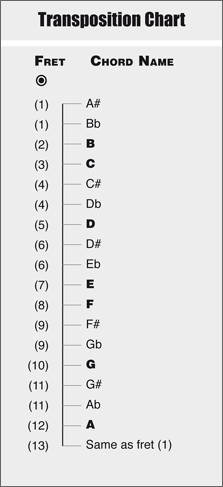
 Use the Root or perceived root of the chord to transpose to different keys.
Use the Root or perceived root of the chord to transpose to different keys.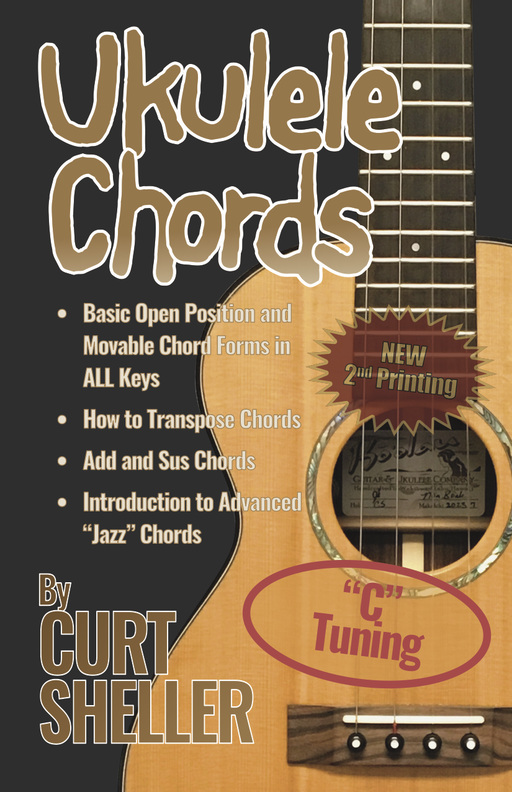 A larger sized transposition chart is available in the Ukulele Chords book. This is the book these expanded chord lessons are based on.
A larger sized transposition chart is available in the Ukulele Chords book. This is the book these expanded chord lessons are based on.
chordthat, at its foundation is not a chord but a DYAD.

Related Lessons, Videos, Lesson Series, Songs, Books & Reference Charts, Resources & Assets, Workshops are below.
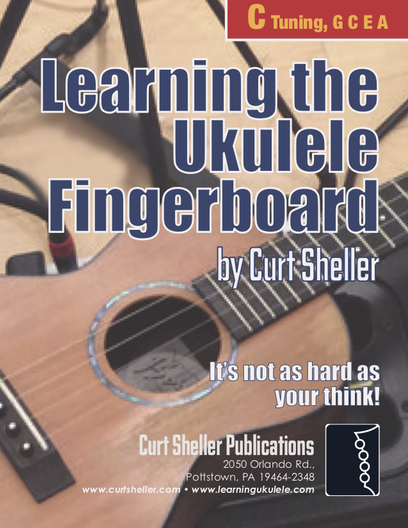
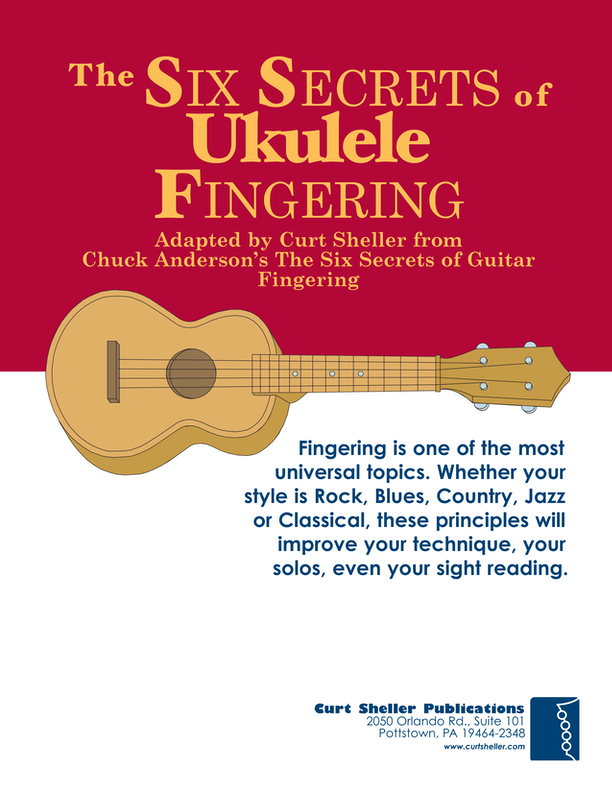
return in your investment)—it is this— learning the
f*ckingnotes of your OWN instrument. Sorry for the tough talks—but it is sooooo true!
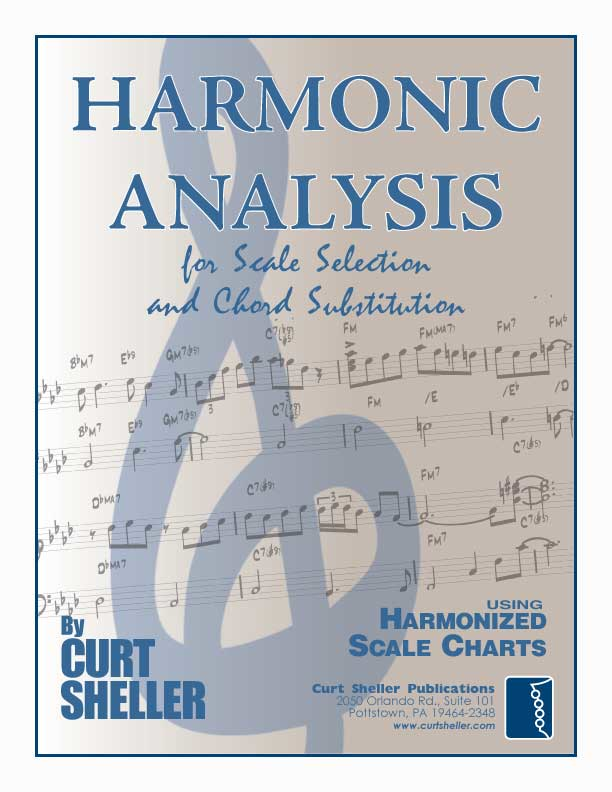
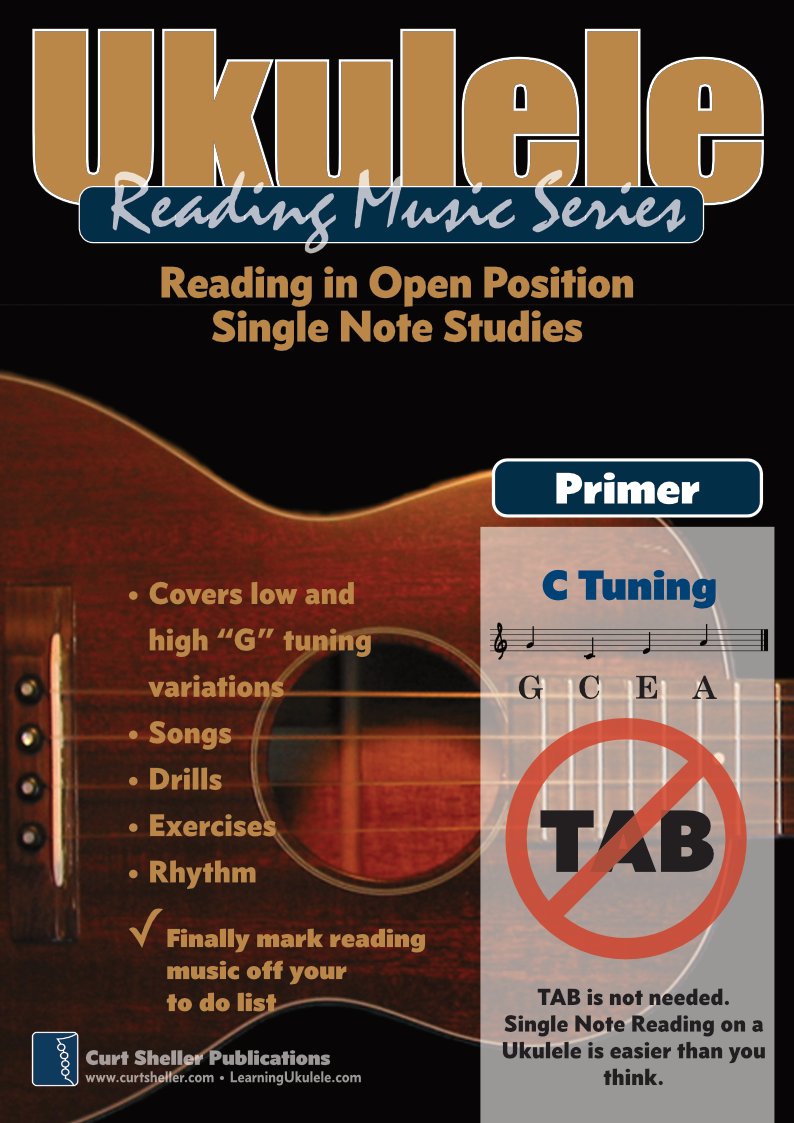
Learn to read single note melodies in the first/open position is a lot easier than you might think. Book: Ukulele – Reading Music Series – Primer
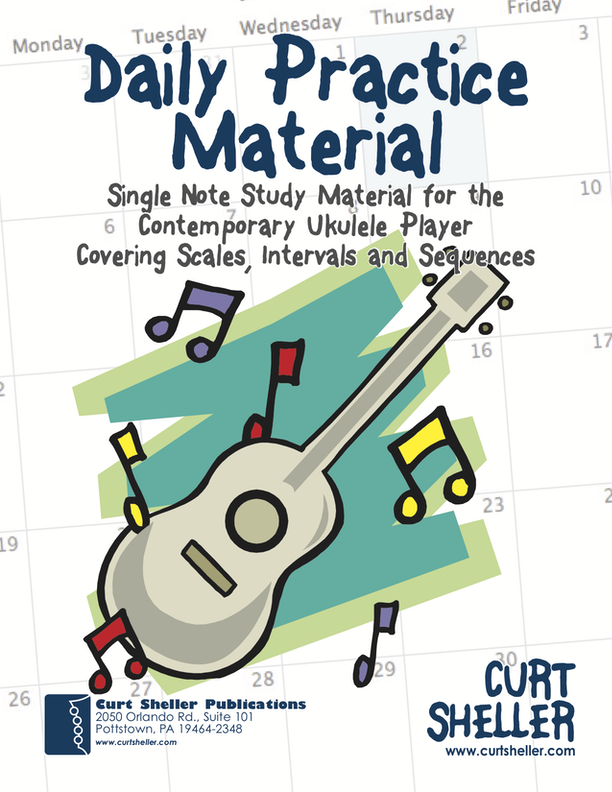
An organized collection of daily practice and reference material for the contemporary ukulele player for developing the vocabulary and knowledge necessary for single note playing. Book: Daily Practice Material for the Contemporary Ukulele
Checkout the Books & Reference Charts for additional Handy, Dandy Reference Charts.
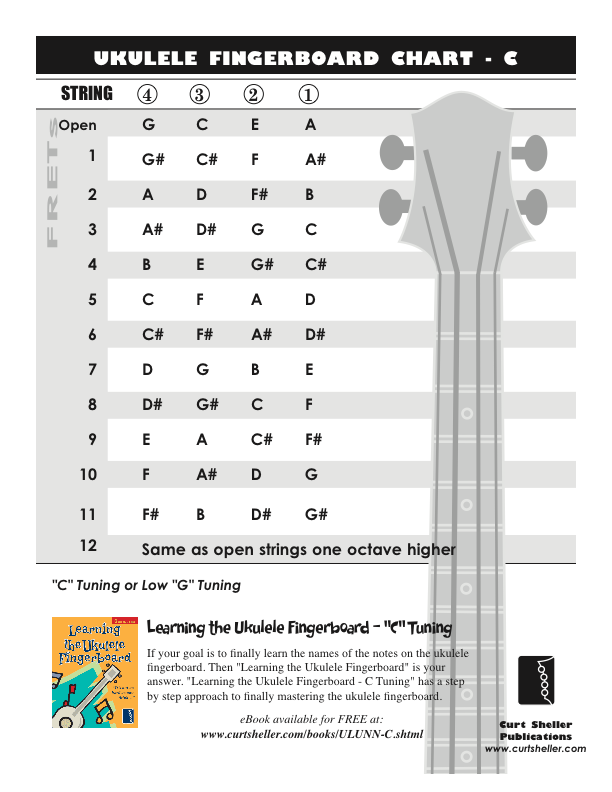
Ukulele Fingerboard Chart for C Tuning, Low or High G – G C E A
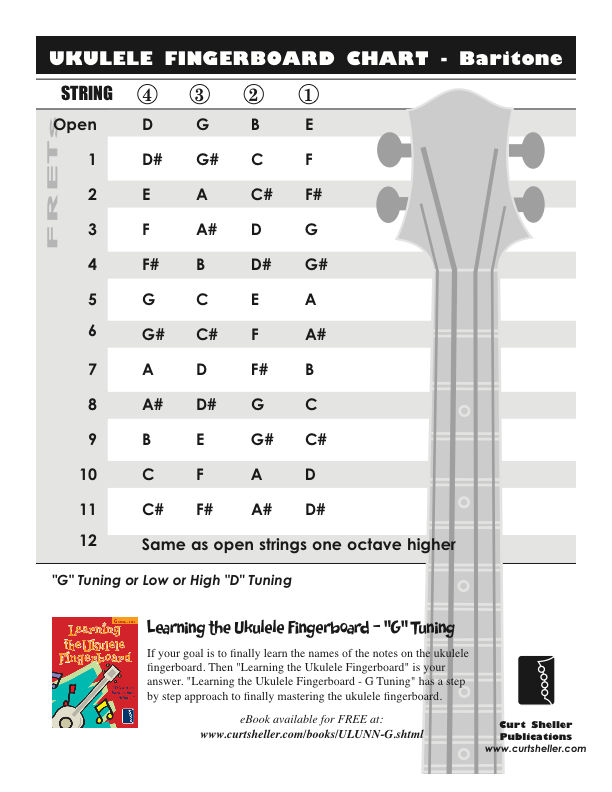
Ukulele Fingerboard Chart for G Tuning, Low or High A – D G B E
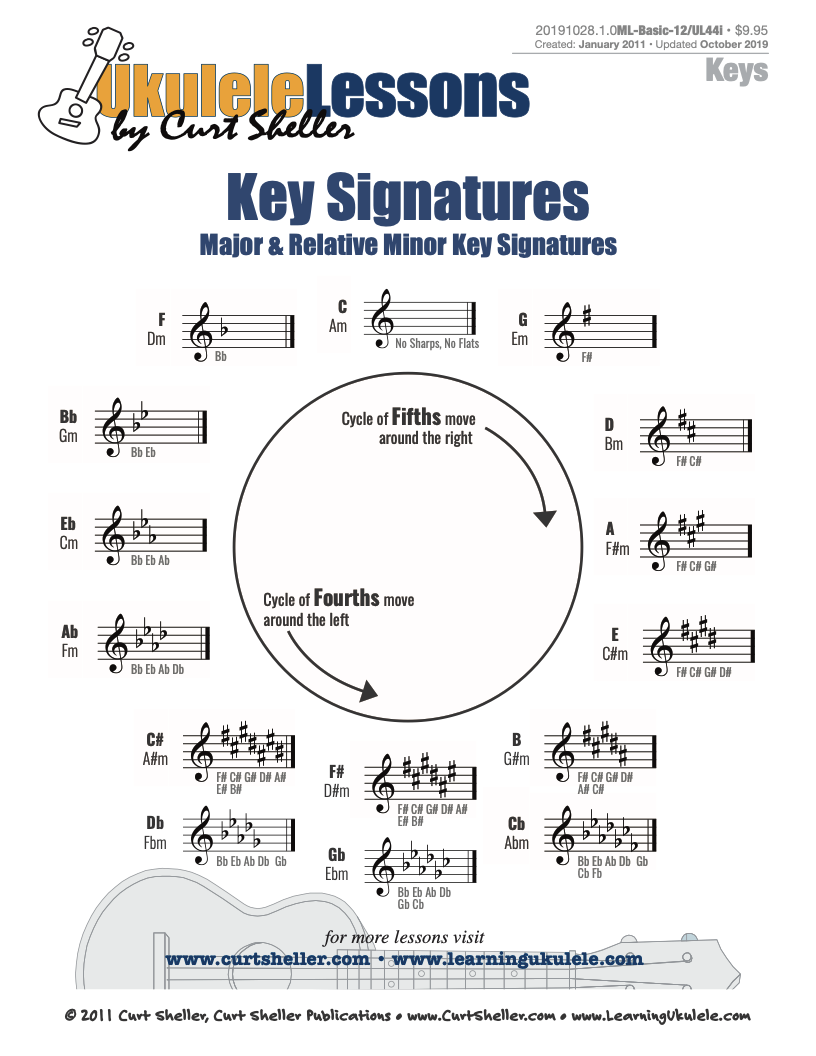
A handy reference chart of all 15 major and relative minor key signatures. US Letter 8.5 x 11 sized (ANSI-A) , A4

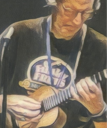
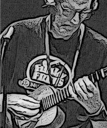

.png)

.png)

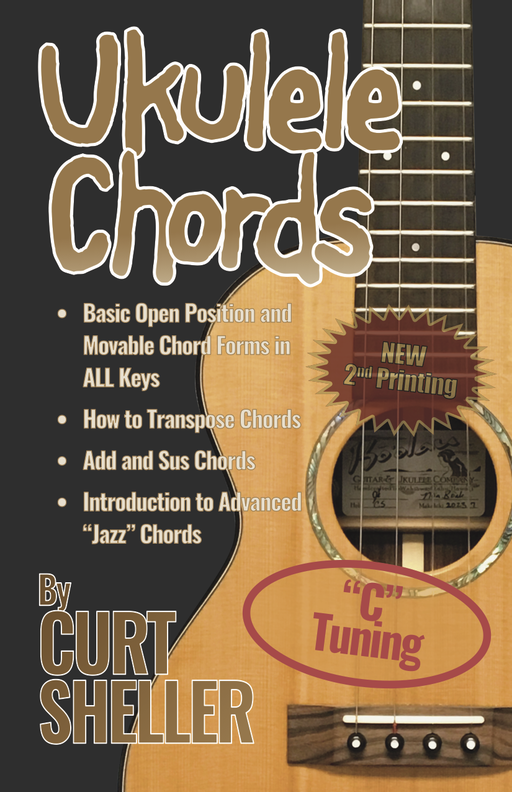
.jpg)